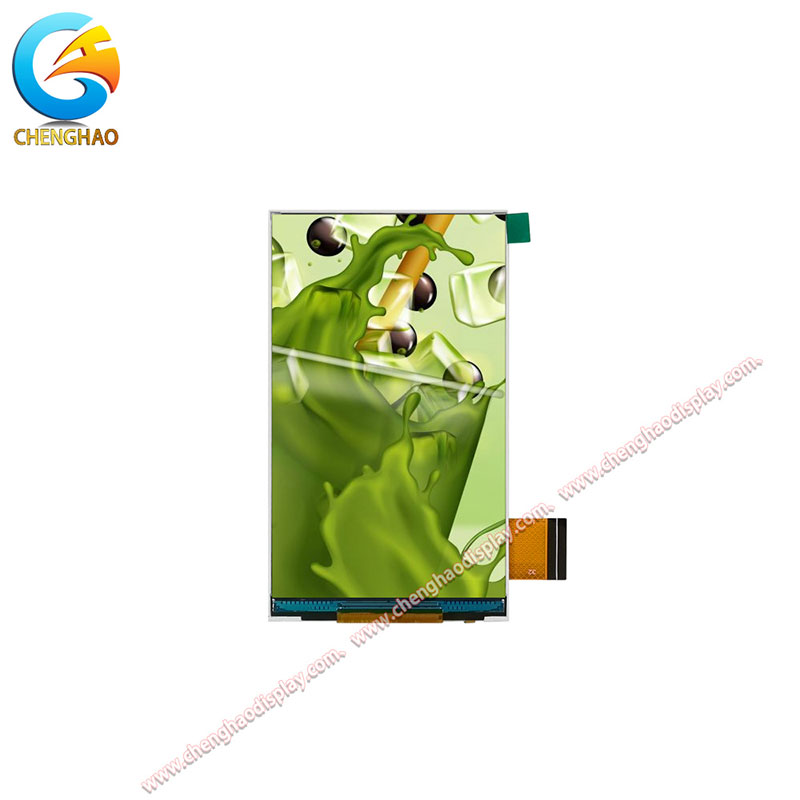The differences of TFT and IPS displays
2023-10-17
TFT (Thin-Film Transistor) and IPS (In-Plane Switching) are two common types of LCD (Liquid Crystal Display) technologies used in screens and monitors. While they both fall under the LCD category, there are significant differences between TFT and IPS displays in terms of viewing angles, color reproduction, response times, and overall performance. Here's a comparison of these two display technologies:

1. Viewing Angles:
- TFT: TFT displays typically have limited viewing angles, meaning that the image quality and color accuracy can deteriorate when viewed from off-center angles. This is especially noticeable when looking at the screen from the sides or from above and below.
- IPS: IPS displays are known for their wide viewing angles. They maintain consistent color and image quality even when viewed from extreme angles, making them ideal for applications where multiple people may be viewing the screen simultaneously.
2. Color Reproduction:
- TFT: TFT displays can have good color reproduction, but it can vary depending on the specific panel quality and technology used.
- IPS: IPS displays are known for their excellent color accuracy and consistency. They typically provide vibrant, true-to-life colors, making them suitable for tasks that require precise color representation, such as graphic design and professional photo editing.
3. Response Times:
- TFT: TFT displays can have relatively fast response times, which is important for reducing motion blur in fast-paced video and gaming content.
- IPS: IPS displays tend to have slightly slower response times compared to some other LCD technologies, but modern IPS panels have improved significantly in this regard. Many IPS monitors now offer fast response times suitable for gaming.
4. Contrast Ratio and Black Levels:
- TFT: TFT displays can have varying contrast ratios and black levels, which can affect the depth and richness of black colors on the screen.
- IPS: IPS displays generally offer good contrast ratios and black levels, contributing to better image quality and detail in dark scenes.
5. Power Efficiency:
- TFT: TFT displays can be more power-efficient compared to some other LCD technologies, which can lead to longer battery life in portable devices like laptops and smartphones.
- IPS: IPS displays may consume slightly more power, although advancements in technology have improved power efficiency in modern IPS panels.
6. Cost:
- TFT: TFT displays are often more cost-effective to produce, which can make devices with TFT screens more affordable.
- IPS: IPS displays tend to be more expensive to manufacture, so devices with IPS screens may come with a higher price tag.
7. Applications:
- TFT: TFT displays are commonly used in budget smartphones, entry-level monitors, and older LCD screens.
- IPS: IPS displays are found in premium smartphones, high-end monitors, professional displays, and devices where color accuracy and wide viewing angles are crucial.
In summary, while both TFT and IPS displays are LCD technologies, IPS displays generally offer superior color accuracy, wide viewing angles, and consistent performance across different angles. TFT displays can be more cost-effective but may have limitations in terms of viewing angles and color reproduction. The choice between these technologies often depends on the specific application and the user's requirements for color quality and viewing experience.


